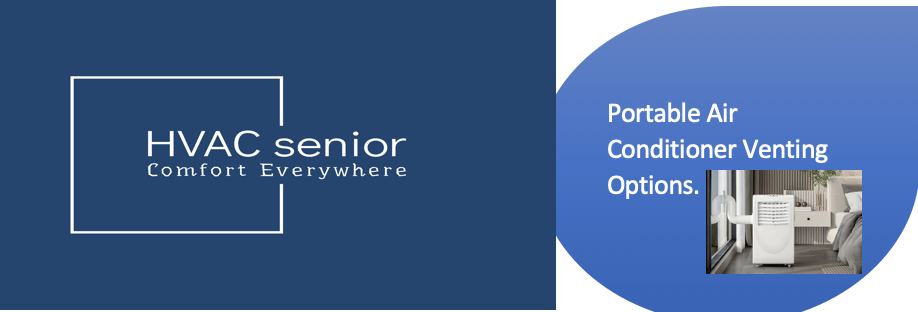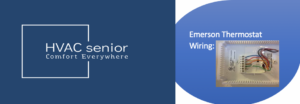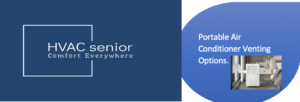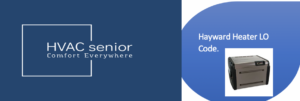Camping is all about fresh air, nature, and unwinding. When summer days get dizzily hot or muggy, however, comfort turns into agony. This is where a camping air conditioner comes in. In this ultimate guide, you will learn how to understand why you should invest in one, how to choose the correct model, how to install it correctly, and the secrets to making it perform well — even off-grid.
Why to Use an Air Conditioner When Camping?
Most campers believe that open flaps of tents or a small fan would do the trick, but a portable air conditioner makes all the difference. Here’s why:
1. Better Comfort and Sleep
A hot or humid tent can feel suffocating, especially at night. A portable camping air conditioner keeps the temperature at a comfortable level, improving sleep quality and making your nights more restful. With cool air circulating inside your tent, you’ll wake up refreshed and ready for adventure.
2. Health and Safety Benefits
Heat can lead to heat exhaustion, dehydration, and even heatstroke. Seniors, children, and heat-sensitive individuals will have a healthier environment enhanced by a camping AC that maintains body temperature levels stable.
3. Extends Your Camping Season
With proper cooling, you can camp during the summer months or into regions that would otherwise be unlivable. It enables you to enjoy nature year-round without sacrificing comfort.
4. Makes Your Outdoor Experience Better
Relaxation and bonding are what camping is all about. When you are not perspiring in your tent, you can just enjoy what really matters — good bonding with family and friends, nature exposure, and unforgettable experiences.
What to Consider When Selecting a Camping Air Conditioner
Not all air conditioners are perfectly compatible for outdoor or off-grid applications. The following list illustrates main factors to focus on before you make a purchase:
1. Cooling Capacity (BTUs)
Cooling power is measured in BTUs (British Thermal Units). The larger your tent or camper, the higher BTU rating you’ll need. As a general rule:
-Small tent (1–2 people): 2,000–3,000 BTU
-Medium tent (3–4 people): 4,000–6,000 BTU
-Large tent or camper: 8,000–10,000 BTU
Choosing the right size ensures efficient cooling without wasting energy.
2. Power Source and Consumption
This is one of the biggest concerns when camping. Some air conditioners draw between 300–700 watts, sometimes more during startup. Consider how you’ll power the unit:
-Campsite power outlet
-Portable generator
-Vehicle battery
-Solar generator or portable power station
If you’re camping off-grid, choose a low-wattage or battery-compatible model that can work with your solar setup.
3. Ventilation and Hose Setup
Some models require an exhaust hose to release warm air outside. Make sure your tent includes a vent or has an opening to receive it. Without ventilation, the AC will blow re-circulated warm air and cool inadequately. Choose a tent with many vents or a flap for a window to allow ventilation.
4. Portability and Durability
Your camping AC should be lightweight to carry, compact, and tough enough for the outdoors. Use models with handle or wheels, heavy-duty build, and weatherproof.
5. Noise Level
A noisy air conditioner can ruin your peaceful night. Look at the noise level — under 50 decibels is considered quiet and ideal for camping.
6. Energy Efficiency
Watts count when camping. Choose models with energy-saving or eco mode to conserve battery or generator life. These systems also conserve fuel or power cost for lengthy stays.
Also read: camper air conditioner
Setting Up a Camping Air Conditioner for Maximum Cooling
Having the right unit is only half the process. Installation properly ensures maximum cooling and power efficiency.
Step 1: Choose the Right Location
Place your tent in the shade, ideally beneath trees or canopies. Avoid placing it in the direct sun, as tents tend to become hot sooner. Utilize reflective ground covers or tarps to prevent heat accumulation beneath.
Step 2: Install the Tent
Utilize a summer tent or a removeable panel and mesh window tent for ventilation. If you possess a double-layer tent, ensure you provide room for air flow between layers.
Step 3: Position the Air Conditioner
Setup the unit in a spot where there is unobstructed air flow. The exhaust hose points outdoors, and no intakes should be blocked. Direct the cool air to your direction of sleep for utmost comfort.
Step 4: Use Power Efficiently
If it’s hardwired to mains, use a heavy-duty outdoor extension lead. For battery or solar set-ups, anticipate your energy needs ahead of time and ensure that your inverter can handle the AC start-up load.
Step 5: Maintain Good Ventilation
Even though the AC is chilling the air, ventilation prevents condensation and keeps the air fresh. Open a small vent or mesh window slightly to keep the air moving.
Step 6: Pre-Cool Your Tent
Run your air conditioner 30–40 minutes before you go to bed to chill the room. Once it’s cool enough, you can switch to the eco or fan mode to save energy while asleep.
Step 7: Clean It
Dust and dirt reduce efficiency. Clean air filters from time to time, especially after camping in arid, dusty environments. A clean filter gives you maximum cooling with least power.
Also read: camping tent air conditioner
Common Mistakes to Avoid
Even the greatest camping air conditioner will not be functional if abused. These are some of the most common mistakes to be avoided:
- Purchasing the Wrong Size – A small one in a big tent won’t do the trick, and a big one will eat too much power.
- Poor Ventilation – Poor ventilation of exhaust causes the AC to overheat or cycle heat back in.
- Not Reading Power Requirements – Always check the startup wattage and don’t overdo it on your generator or battery.
- Placing the Unit Straight into the Sun – Heat exposure makes the compressor labor, wasting power.
- Continuous Operating or Overcooling – Continuous use of the AC consumes power. Cycle it on and off or employ timers instead.
Are Camping Air Conditioners Worth It?
Yes — if you tend to camp frequently where it’s hot or travel during the warmest months. A camping air conditioner:
- Keeps your body temperature comfortable and stable
- Prevents exhaustion or dehydration
- Enhances your sleep
- Lets you camp in summer
- Lets you camp irrespective of tropical or desert conditions
For campers in hot regions like Kenya or parts of Africa, an air conditioner is specially useful since humidity renders tents horribly uncomfortable at night.
Quick Buying Checklist
Before you make a purchase, ensure you check these boxes:
- Tent or camper size
- Cooling capacity (BTU rating)
- Power source (generator, mains, solar)
- Noise level
- Portability and weight
- Ventilation options
- Energy efficiency
- Weather resistance
A quality model that fits your setup promises reliability and long-term use.
What to Expect from a Camping Air Conditioner
| What It Will Do | What It Won’t Do |
| Keep your tent comfortably cool | Freeze your tent instantly |
| Improve sleep quality and comfort | Work without power or ventilation |
| Help prevent heat-related illnesses | Replace good tent insulation |
| Extend camping opportunities in hot weather | Run silently if it’s a high-powered unit |
Having realistic expectations helps you use your unit effectively and not disappoint.
Pro Tips for Maximum Cooling Efficiency
- Run the AC before sleeping to cool your tent effectively.
- Use light-colored or reflective tents to reduce heat absorption.
- Use a ground mat to elevate your tent floor and prevent radiant heat.
- Keep windows slightly open to allow airflow.
- Pair with a portable fan for enhanced air circulation.
- Use eco or sleep mode to save power at night.
- Clean filters at the end of every camping trip.
- Turn off the unit when you’re leaving the tent for hours.
Final Thoughts
A camping air conditioner is not a luxury item — it’s a comfort-changer, a health-booster, and a fun-advancer. Proper model and smart installation can keep you cool and energized wherever you are on the great outdoors.
Whether you’re exploring coastal areas, deserts, or tropical parks, proper cooling makes your outdoor adventure more relaxing and memorable. Combine smart tent placement, efficient energy management, and good ventilation, and you’ll have the ultimate camping experience — cool, cozy, and comfortable.









